Cost-astrophic storms: Caribbean spends hundreds of million$ on recovery
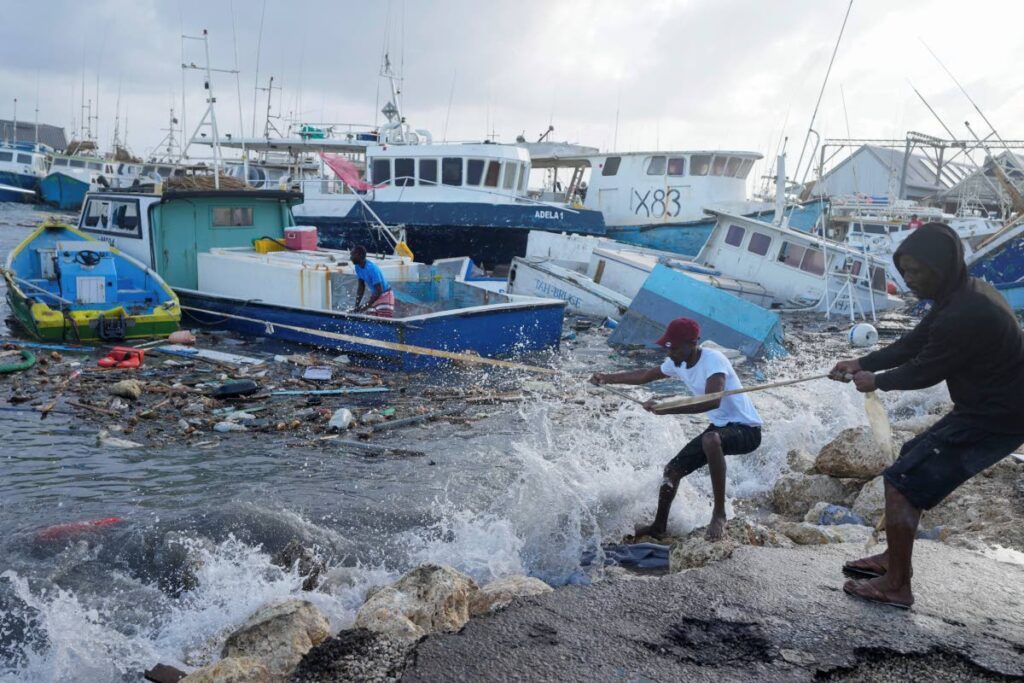
It is common knowledge that hurricanes cause tremendous damage, with strong winds that could tear off roofs and knock down houses, heavy rainfall and flooding that could wash away crops and cause landslides and rough seas and high waves battering coastlines and damaging boats.
Over the last decade, more than 100 tropical storms and hurricanes have hit the region, with the worst demolishing entire small island states and causing millions of dollars in damage.
Hurricane Beryl, the first hurricane of this year's season, ran a path of destruction across the Caribbean, causing power outages in Tobago and Jamaica, significant damage to St Vincent and Grenadines, as well as Grenada, and wreaking havoc in Mexico and the US.
TT in preparation for the hurricane shuttered banks, closed up shops and was put under warning as the storm formed and passed near Tobago.
Some 20 years after catastrophic hurricane Ivan, the Caribbean remains at high risk from increasing severity, frequency and unpredictability in weather patterns such as rain, storms, heat and even drought, all of which are exacerbated by climate change.
Several bodies and organisations locally and regionally have put measures in place for response on a large scale with private sector organisations partnering with the public sector to roll out relief in quick time to affected island states. But individual measures to protect homes, such as proper insurance still has a low penetration level in the region.
Although there have been efforts in response, preparedness and the building of resilience against hurricanes the level of preparedness in the Caribbean, which is one of the most affected regions, still remains varied.
Responses varied
Business Day was told while each Caribbean state has the support of organisations such as Caribbean Disaster and Emergency Management Agency (CDEMA) and the joint chambers, individual responsibility to prepare for hurricanes is still important. Speaking from Union Island in the Grenadines on Tuesday, CDEMA executive director Elizabeth Riley said that the preparedness levels for each island is mixed, at best, but, people are becoming more aware of the importance of being prepared.
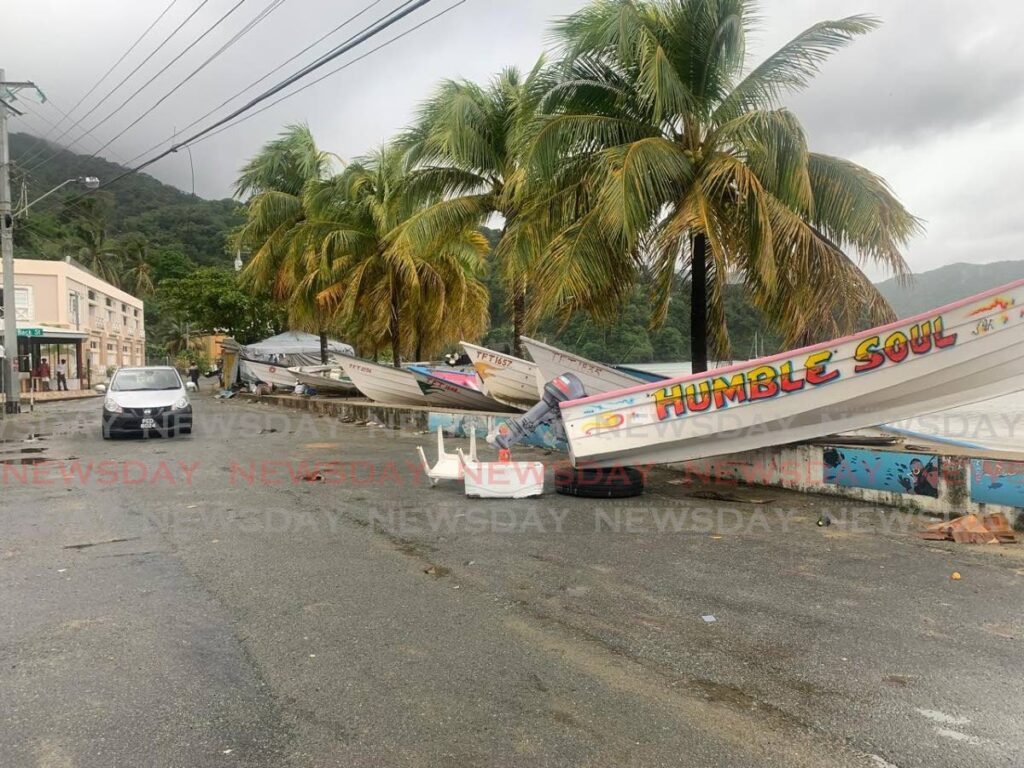
“In the general population across the region there is definitely awareness,” she said.
She said the media’s reports on the effects of hurricanes help to bring the message home to the public.
“It assists with the reality of the type of impacts that any of us can suffer,” she said. “We are all vulnerable to it. With the increased media coverage really highlighting the importance of being resilient and the importance of individual preparedness which complements the efforts of governments, it is heightening the awareness across the region.”
But she noted that in certain islands that have been more recently affected by hurricanes, the preparedness levels are heightened.
Association of TT Insurance Companies (ATTIC) past president Paul Traboulay said insurance, which is one of the better ways of recovering financial from natural disasters, has a low penetration of about 2.5 per cent of the region’s GDP. He said while some years hurricanes do not affect islands, sparing insurance companies from big payouts, there is still a significant coverage gap which could leave people affected by hurricanes and other natural disasters high and dry.
He said some homes and businesses are under-insured while others are not insured at all.
“We charge a premium to be able to indemnify the person if they are affected,” he said. “But if you have a house for $500,000 and you insure it for $300,000 and you have a partial loss of $100,000 you get three-fifths of $100,000, and after you do that you still have a two per cent deductible to pay.”
He added, more extreme weather patterns could also mean higher insurance rates, as reinsurers seek to cover costs while insurance companies try to pay back companies after fulfilling insurance claims.
“When you get premiums like that we could barely cover the cost of reinsurance which is also going up,” he said. “That is also going to put a challenge on reinsurance, purchase and premiums. I worry about that because it is a self-reinforcing cycle because we can’t do what we want to do if we simply can’t afford to be in the market.”
He said on a net basis, once insurance is properly done financial impact would be limited by a significant amount.
CDEMA noted that Beryl is an indicator for the rest of the season and while one cannot stop a hurricane, being prepared would lessen the time between impact and access for recovery.
“The overall picture of readiness of CDEMA states I think it is varied," Riley said. "The readiness of a state is really a reflection of readiness of individuals. There is an individual responsibility for readiness. It translates into the level of readiness at the community level because people make up a community and communities make up a nation.”
Responding to Beryl
Beryl formed on June 30, and carved a path up the Caribbean island chain varying between a category four and five hurricane.
It was a category five when it hit Grenada and St Vincent and the Grenadines.
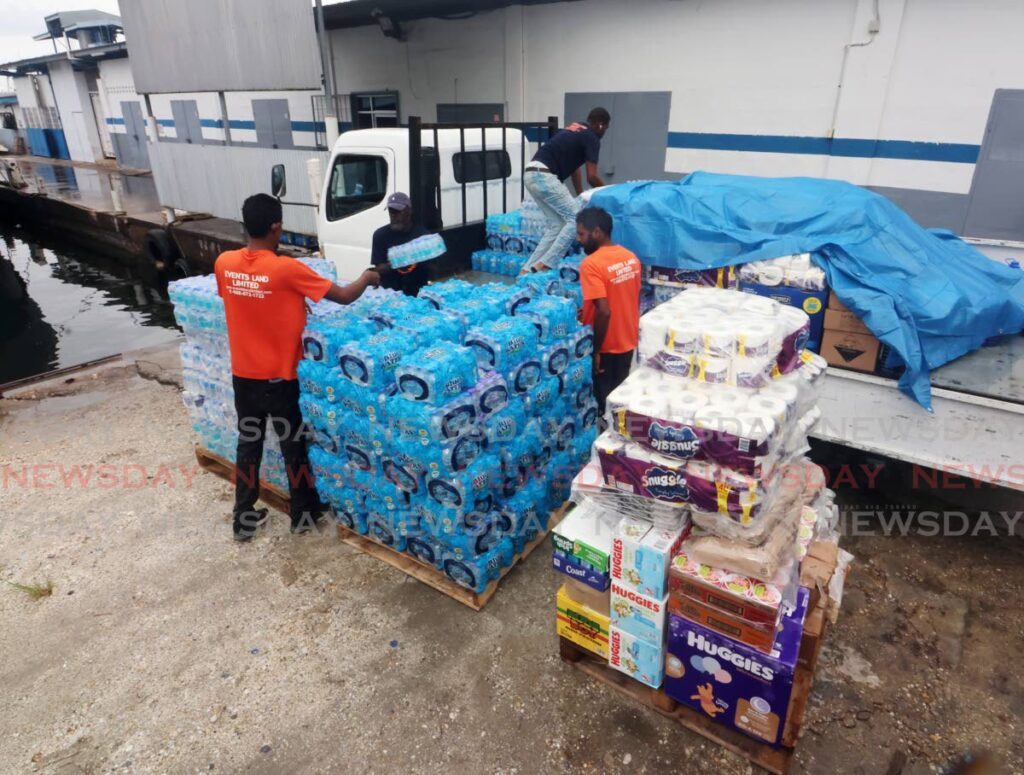
Riley said Union Island suffered 98 per cent damage to buildings and structures. There was 95 per cent destruction on Petit Martinique. In Canouan and Bequia damage was estimated to have affected 30 per cent of the population.
The hurricane also caused damage further up the Caribbean, with Jamaica suffering power outages. It made landfall in Mexico as a category two storm, then moved to Texas on July 8, making landfall as a category one hurricane and later on weakening to a tropical storm.
Associated Press reported heavy rains and powerful winds along Texas' coast, leaving more than two million people without power and several streets underwater.
Many areas in the state were put under flash flood, storm surge, tornado and tropical storm warnings. In total, 23 people died during Beryl with about 11 deaths in the Caribbean and another 12 in Houston and Louisiana, respectively.
Several Caribbean countries have taken the lead in supporting the affected islands in Beryl's wake.
TT Manufacturers' Association (TTMA) CEO Ramesh Ramdeen said a joint chamber initiative involving the TTMA, the TT Chamber of Industry and Commerce, the Energy Chamber and Amcham, have provided relief items in collaboration with the Ministry of Trade and Industry (MTI). He said the cost of the relief efforts have so far come up to anywhere between $15-$25 million.
He thanked the MTI for assisting with logistics such as securing vessels and working with customs.
"The collaboration with the Ministry of Trade created a real ease for some companies who want to supply items because the logistics of finding a boat and dealing with security, so people wouldn’t have to face those challenges. What the ministry did for us allowed for people who wanted to send stuff to just reach out to us at the TTMA and any of the joint chambers."
In a media release, the MTI said it sent relief items aboard the Galleons Passage on July 5.
"This follows shipments sent to Grenada and St Vincent and the Grenadines on June 3," the release said.
The relief items include medical supplies, mattresses, waster and juices, canned goods, tarpaulins and construction materials.
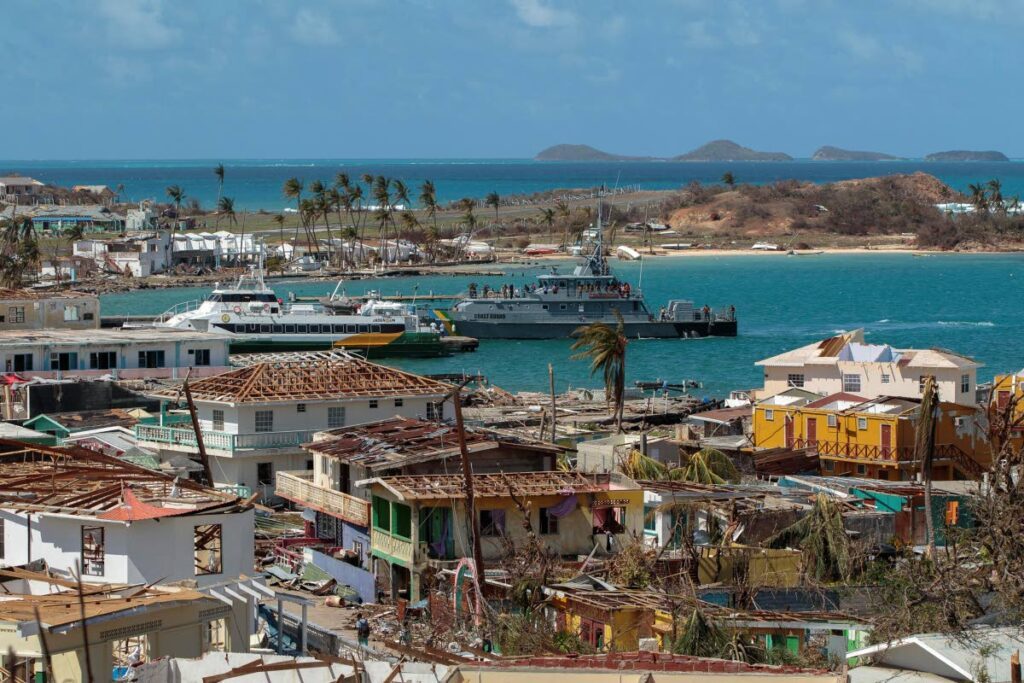
On Wednesday, the Caribbean Catastrophe Risk Insurance Facility (CCRIF), a portfolio company focused on limiting the financial impact of catastrophic hurricanes, earthquakes and excess rainfall events in the Caribbean and Central America, announced it will make payouts to Grenada, amounting to US$44 million, in the wake of the hurricane.
CCRIF’s parametric insurance policies – policies that trigger based on a specific event – make payments based on the intensity of an event and the amount of loss calculated through a pre-agreed model.
CCRIF said this payout to Grenada is the single largest payment it has ever made.
While relief from other islands and other bodies are incoming, CDEMA focuses on response on the ground.
Riley said CDEMA’s co-ordinating unit activated its regional plan on June 29, following which, an emergency meeting of heads of government was convened to address response measures. Shortly after, CDEMA deployed emergency telecommunications teams to the islands with communications supplies and solar power generators.
On the islands about 40 shelters were opened with about 755 people occupying them. A channel to distribute relief supplies to affected communities in mainland St Vincent and the Grenadines was established with the help of its government.
Even the people themselves, displaced by the hurricane took measures to begin recovery according to who saw them first-hand on Canouan sifting through debris.
“I am so encouraged by the resilience of Caribbean people,” Riley said.
The deeper impact of hurricanes, flooding
While hurricanes hardly ever directly affect TT, extreme and unpredictable weather patterns cause flooding and landslides which cause damage to homes.
In 2017, between August 14 and September 14, hurricane Irma carved its way through the Leeward Islands, especially Barbados, St Barthelemy, Anguilla, St Martin and the Virgin Islands. The hurricane also hit The Bahamas and the eastern coast of the US.
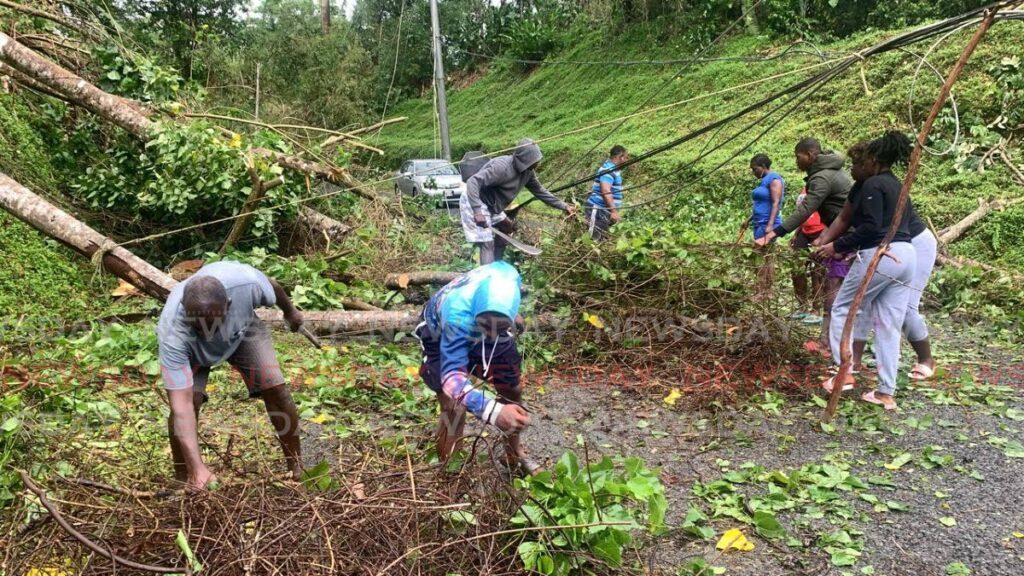
But Cuba and Florida felt the brunt of that hurricane with wind speeds of 180 mph/285 km/h. A total of 134 people died and damage left behind amounted to US$77.2 billion.
That same year, between August 17 and September 2, hurricane Harvey crossed the Atlantic, affecting the Caribbean as a tropical storm. It intensified to a category four storm before making landfall in the Southern US. Winds speeds from Harvey reached 130 mph/215 km/h. Officials attributed 107 deaths to Harvey, which caused damage worth US$125 billion.
Hurricane Maria was also in the same year, hitting Puerto Rico and the Lesser Antilles including Antigua and Barbuda, Dominica and the British Virgin Islands, The Bahamas and Turks and Caicos just as some of the islands were still reeling from Irma. Winds speeds of up to 175 mph/280km/h and heavy rainfall caused US$96.1 billion in damage, Maria left affected areas without electricity, food or water for months. At least 3,059 people died during that hurricane.
In 2005, one of the most destructive hurricanes in recent history in the US was Katrina which made landfall on the Gulf Coast of the US on August 29, 2005 as a category three hurricane. Louisiana, Mississippi and Alabama were among the most affected from that hurricane. Levees failed in New Orleans leading to catastrophic flooding, and putting about 80 per cent of that city submerged. Katrina resulted in 1,390 deaths – one of the deadliest hurricanes in US history.
The economic impact of that hurricane was about US$125 billion.
Trinidad has not been left unscathed from bad weather patterns. In 2021, after heavy rains, parts of St Helena, Kelly Village, Warrenville and environs were underwater. It was estimated that over 500 homes were affected by the flood.


Comments
"Cost-astrophic storms: Caribbean spends hundreds of million$ on recovery"